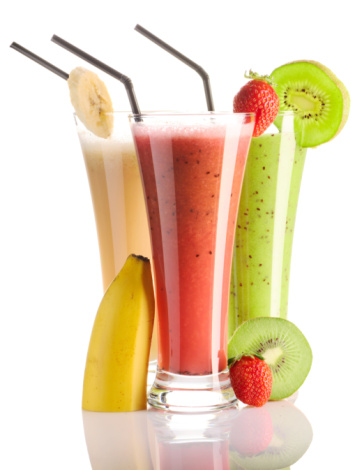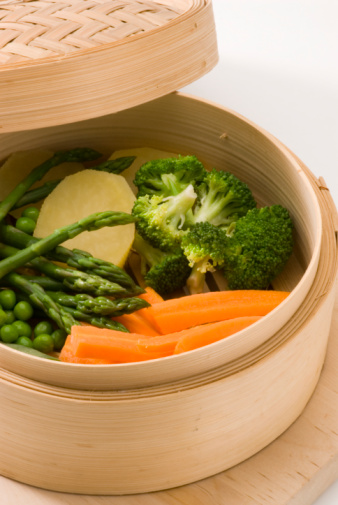10 Ways to Kick Start a Change
10 Ways to Kick-Start a Change
Take a positive attitude and try to ingrain some short and simple habits into your daily routine:
1. Buy the ‘healthiest’ foods at the grocery store
I don’t mean buy the most expensive food. Buy the healthiest.

Don’t look at the price. You won’t notice at the check-out counter. All the stress happens at the point of decision. Know that your body will feel better in the long run.
2. Try a healthy smoothie for breakfast
Kick the day off right with healthy raw veggies, quality proteins, and natural fats. In 20 minutes, every cell in the body will have benefited from the good-for-you energy.

Try shifting the habit from coffee first thing in the morning for a liquid drink made with fiber and vitamin rich smoothie. Save your black coffee for pre-workout.
3. Earn your indulgences
If you plan on going ‘off the rails’ with your diet (which I don’t recommend), then at least earn it by doing some moderate physical activity.
4. Gather all your artificial air fresheners and through them out: ALL OF THEM!
Better yet, look for these toxic products from your home and seek natural replacements to them. These toxins are poisoning you and your family.
1. Non-Stick Cookware
2. Flea and Tick Products
3. Mothballs
4. Air Fresheners
5. Oven Cleaner
6. Furniture Polish and Stain
7. Toilet Bowl Cleaner
8. Gas Space Heaters
9. Cleaning Solutions
10. Extension Cords
11. Antibacterial Soaps
12. Flaking Paint
5. Black out your bedroom

Even minimal light can sabotage your sleep. Rejuvenate this weekend. Your body needs it!
6. Slow down and breathe

Our generation is arguably the most stressed in history. Stress will catch up to us. Put things in perspective, stop and breath. Make it an event. Cut the pattern of stress.
7. Guilty until proven innocent

Until GMO foods are proven safe in the long term, avoid them! Why the hell would you put something in your mouth if it could possibly be a time-bomb?
8. Toss those synthetic creams
How many times have you put on a cream to deal with pain and swelling?
This is obvious proof that our skin absorbs certain chemicals. So, in general, only put organic and preferably food grade products on your body.
9. Stop rationalizing inaction
Make a definitive decision to stop the pattern of ignorance! You’re only fooling yourself.
The average Canadian will spend the last 10 years of their lives with the disease. Don’t be THAT statistic. Ten years of feeling like you have the flu is a shitty way to embrace aging.
10. Get involved and BE the movement!
Big things are coming for Ikkuma and our primary motivation is to transform a generation – to effectively change a generation’s health trajectory forever.
Stay tuned. We’ll show you how – in 8 weeks – you can rewrite your future!
Life is a game of numbers. Put the numbers in your favor and kick some ass! Start this weekend.
By: The Ikkuma Guru, Gary LeBlanc
Gary LeBlanc is the co-founder of the company Ikkuma Inc. – specializing in holistically oriented consumer products – a certified coach practitioner, personal trainer and most recently a published author, with his book titled “Ikkuma: Evolution of Vitality”. A previous Vice President for a top tier company and perpetual health & fitness advocate, Gary has spent the better part of 20 years researching the latest diet, health and fitness trends. When a close friend got diagnosed with cancer 6 years ago, Gary realized health & wellness was more than an interest, so it became his passion. He now divides his time between running Ikkuma Inc., coaching at Innate Wellness, consulting and practicing what he preaches with abundant VITALITY!!
They also just came up with an incredible drink that helps to cancel out noise.
For more information, please visit: www.ikkuma.com

